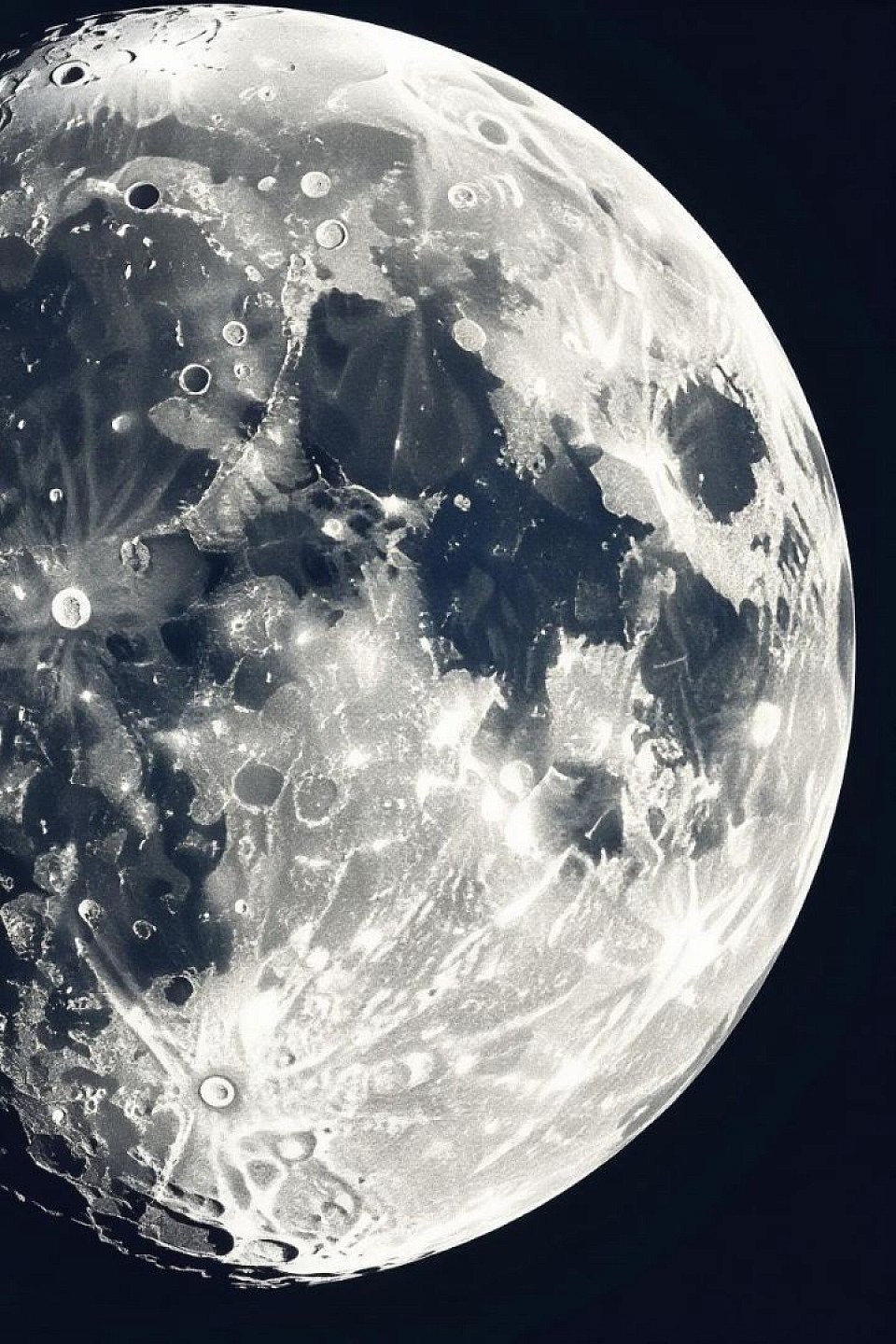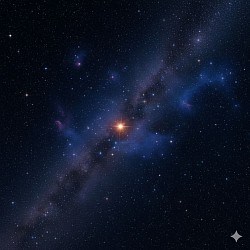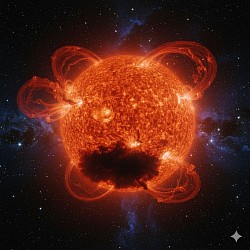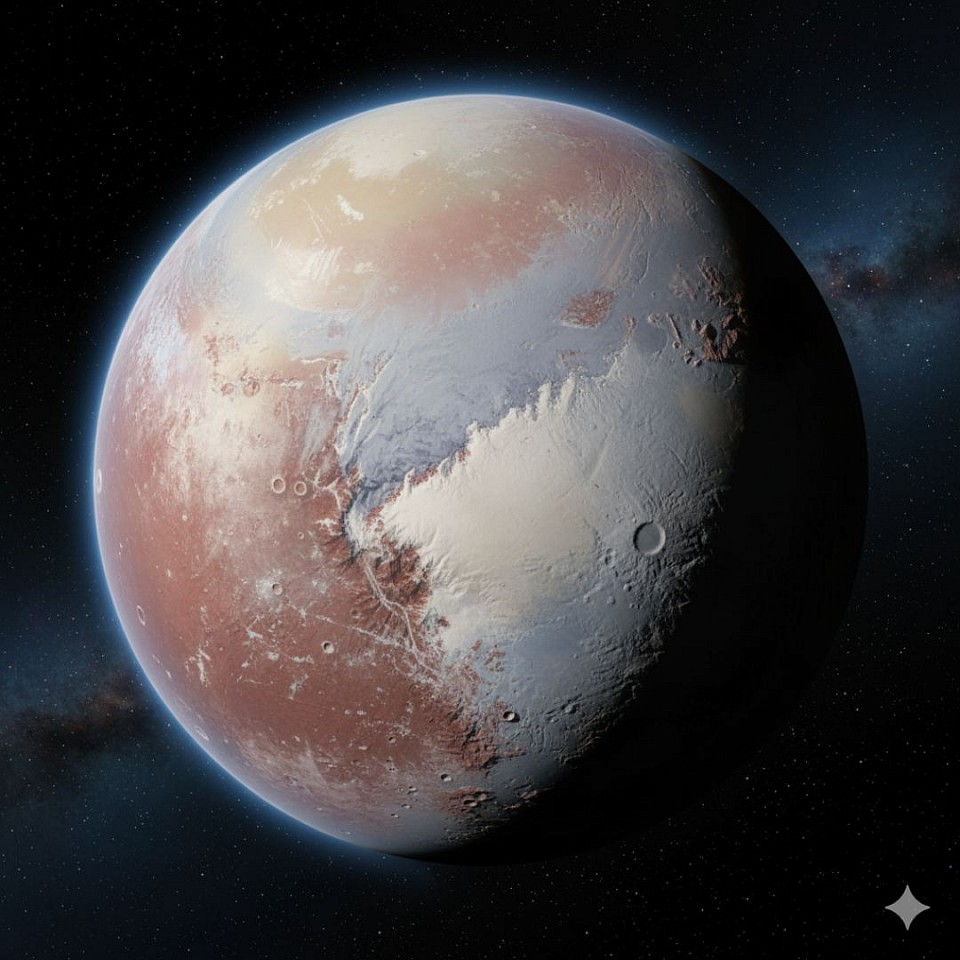Places in Space
The Sun-System's Planet's Colours
- Mercury: Grey
- Venus: Yellow-white
- Earth: Blue-green
- Mars: Red
- Jupiter: Orange-brown
- Saturn: Light yellow
- Uranus: Light blue
- Neptune: Blue
The Kármán Line
The Kármán Line is the internationally recognized boundary between Earth's atmosphere and outer space. It lies approximately 100 kilometers above sea level and is named after the Hungarian-American engineer Theodore von Kármán. The line marks the point where the atmosphere becomes so thin that an aircraft can no longer generate sufficient aerodynamic lift to sustain itself solely through the air.
Earth's Moon
Earth's Moon, also simply known as the Moon, is the fifth-largest moon in the solar system. Its gravity is about one-sixth of Earth's, which is why astronauts could walk in a "floating" manner on the lunar surface. The Moon influences Earth through tides in the oceans.
The Next Closest Solar System
The closest star system to our solar system is the Alpha Centauri system, about 4.37 light-years away. It consists of three stars: Alpha Centauri A, a Sun-like star, Alpha Centauri B, a smaller, cooler star, and Proxima Centauri, a red dwarf and the nearest known star at 4.24 light-years. Proxima Centauri has at least two confirmed exoplanets, including Proxima b, located in the habitable zone. The system is visible in the Centaurus constellation and a key target for exoplanet research.
The North Star (Polaris)
The North Star (Polaris) is a bright star in the Little Dipper constellation and currently the North Star, as it lies nearly directly above the celestial north pole (about 0.7° away). It is approximately 433 light-years from Earth and a supergiant with a diameter 5.4 times that of the Sun. Polaris is a multiple star system, consisting of the main star Polaris A and two smaller companion stars. Its brightness varies slightly as a Cepheid variable. Due to its position, it is a key navigational reference in the Northern Hemisphere.
Betelgeuse
Betelgeuse is a red supergiant in the Orion constellation, about 640 light-years from Earth. With a diameter around 1,000 times that of the Sun, it is one of the largest known stars—if placed in our solar system, it would reach Jupiter’s orbit. As a variable star, its brightness fluctuates irregularly. Betelgeuse is in a late evolutionary stage and is expected to explode as a supernova within the next 10,000 to 100,000 years. Its size and brightness make it a significant target for astronomical observations, as its surface can be directly imaged.
The Former Ninth Planet
Pluto is a dwarf planet in our solar system, located in the Kuiper Belt beyond Neptune. Discovered in 1930 by Clyde Tombaugh, it was considered the ninth planet until 2006, when it was reclassified due to its small size and shared orbit with other objects. Pluto is about 2,377 km in diameter, roughly one-sixth the size of Earth’s Moon. It has a thin atmosphere of nitrogen, methane, and carbon monoxide, which freezes when Pluto is farther from the Sun. Pluto has five moons, with Charon being the largest, almost half its size. NASA’s New Horizons mission in 2015 revealed a diverse, icy surface with mountains, plains, and craters. Pluto orbits the Sun every 248 years, and its distance from Earth varies between 4.3 and 7.5 billion km.
The Largest Constellation
The constellation Hydra, or the Water Snake, is the largest of the 88 modern constellations, spanning 1,303 square degrees. Located in the southern celestial hemisphere, it is best seen in spring from southern regions. Its brightest star, Alphard (magnitude 2.0), marks its heart. Linked to the mythical serpent defeated by Hercules, Hydra hosts notable objects like the Southern Pinwheel Galaxy (M83) and the globular cluster M68, making it significant despite its faint stars.












